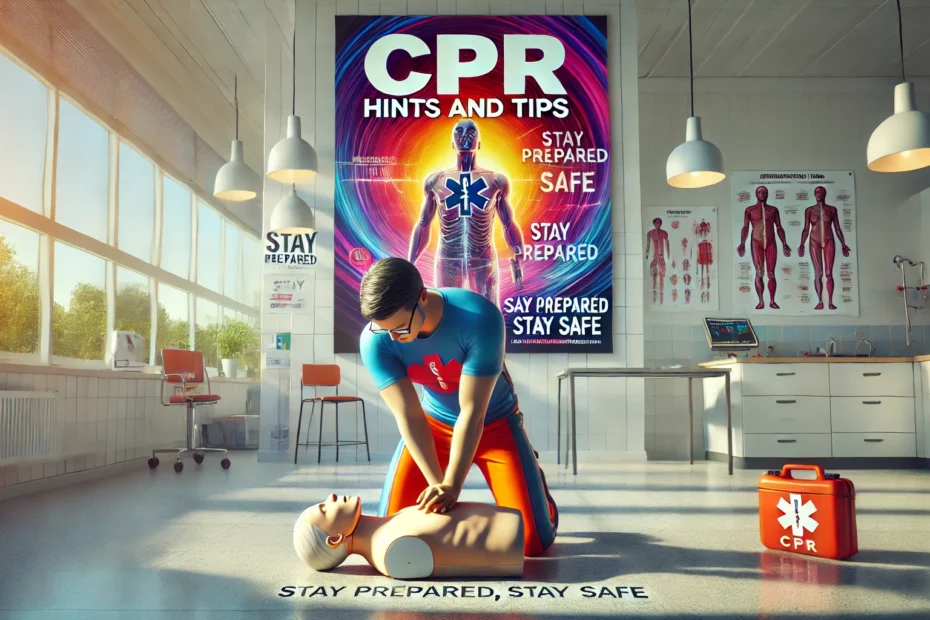Drowning is a leading cause of accidental death worldwide, with thousands of incidents occurring each year. In many cases, immediate action can mean the difference between life and death. Cardiopulmonary resuscitation (CPR) plays a critical role in the survival and recovery of drowning victims. Understanding how and why CPR is essential in these emergencies can empower you to act swiftly and effectively when it matters most.
Understanding Drowning and Near-Drowning
Drowning is defined as respiratory impairment from being in or under a liquid. It can lead to death, but non-fatal incidents, known as near-drowning, can also have severe consequences, including brain damage due to lack of oxygen.
Common causes of drowning include:
- Inability to swim
- Panic in the water
- Unsupervised access to water bodies
- Alcohol consumption near water
- Underestimating water depth or currents
The Critical Window: Time Is of the Essence
When a person is submerged, their lungs fill with water, preventing oxygen from reaching the bloodstream and, subsequently, the brain. Brain cells begin to die within 4 to 6 minutes without oxygen. Immediate CPR can keep oxygenated blood flowing to vital organs, increasing the chances of survival and reducing the risk of long-term damage.
How CPR Helps in Drowning Situations
- Restores Oxygen Flow: CPR combines chest compressions and rescue breaths to manually circulate blood and provide oxygen to the victim’s lungs.
- Prevents Brain Damage: By maintaining blood flow, CPR helps prevent or minimize brain injury due to hypoxia (lack of oxygen).
- Buys Time: CPR sustains life until professional medical help arrives, increasing the likelihood of a full recovery.
Steps to Perform CPR on a Drowning Victim
- Ensure Safety: Remove the person from the water, ensuring you’re not putting yourself at risk.
- Check Responsiveness: Gently tap and shout to see if the victim responds.
- Call for Help: If unresponsive, call emergency services immediately or instruct someone else to do so.
- Open the Airway: Tilt the head back and lift the chin to open the airway.
- Check for Breathing: Look, listen, and feel for breaths for no more than 10 seconds.
- Begin CPR:
- Rescue Breaths: Since drowning victims lack oxygen, start with two rescue breaths.
- Chest Compressions: Perform 30 compressions at a depth of about 2 inches for adults, followed by two rescue breaths. Continue this cycle.
- Use an AED if Available: If an Automated External Defibrillator is accessible, turn it on and follow the prompts.
The Importance of Rescue Breaths in Drowning Cases
Unlike other cardiac arrest situations where hands-only CPR is recommended, drowning victims benefit significantly from rescue breaths. The primary issue is oxygen deprivation due to fluid-filled lungs, making ventilations crucial to revive breathing.
Why Everyone Should Learn CPR
- Universal Need: Drowning emergencies can happen anywhere, from pools to open water.
- Empowerment: Knowing CPR gives you the confidence to act decisively.
- Community Safety: Widespread CPR knowledge enhances overall public safety.
Preventive Measures to Reduce Drowning Incidents
- Learn to Swim: Enroll in swimming lessons.
- Supervise Children: Never leave children unattended near water.
- Use Life Jackets: Wear appropriate flotation devices when boating.
- Avoid Alcohol: Refrain from drinking alcohol during water activities.
- Educate Others: Promote water safety awareness in your community.
Don’t wait for a tragedy to strike before you take action. Equip yourself with the life-saving skills of CPR today. Visit the Delphi CPR Training Center to get started with comprehensive CPR training. Your knowledge could be someone’s lifeline.

